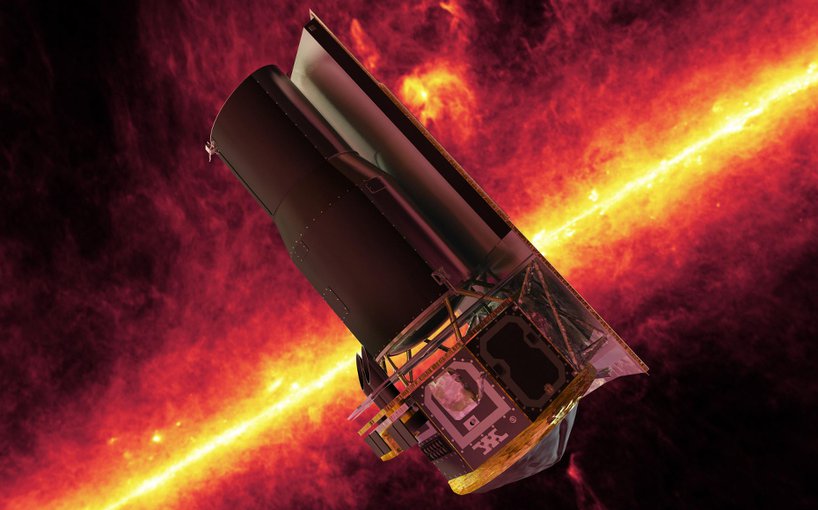
Dec. 21, 2018
Research Highlight
Light Curves for Two Young Brown Dwarfs

Artist concept of the Spitzer Space Telescope.Image credit: NASA/JPL-Caltech.
Researchers have reported light curves from the Spitzer Space Telescope for two young, planetary-mass brown dwarfs. The objects (2MASS J11193254−1137466AB and WISEAJ114724.10−204021.3) are members of the TW Hydrae association, a group of low-mass stars and substellar objects at a distance of 25 to 75 light years from Earth, and that appear to be roughly 10 million years old. The data was compared to older brown dwarfs, providing new details about how traits of these objects, such as rotation, evolve over time.
The study, “Spitzer Light Curves of the Young, Planetary-mass TW Hya Members 2MASS J11193254–1137466AB and WISEA J114724.10–204021.3” was published in The Astronomical Journal. The work was supported through NASA’s Habitable Worlds Program. The NASA Astrobiology Program provides resources for Habitable Worlds and other Research and Analysis programs within the NASA Science Mission Directorate (SMD) that solicit proposals relevant to astrobiology research.